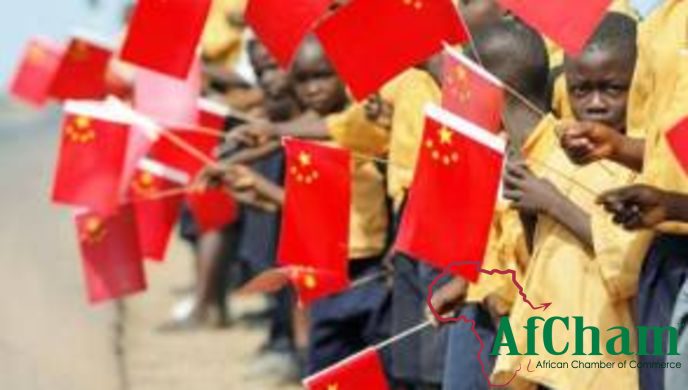Dar es Salaam — Many people believe that the growing influence of China on the Tanzanian economy and global politics is a new phenomenon. Last week, the Chinese Cultural Centre in Dar es Salaam provided a case study to prove otherwise.
In fact, at one time, around 618 AD, China was indeed a global economic power, specialising in silk trade.
Thousands of years ago, the people of East Africa, for example, used to trade with China, mainly in silk and porcelain, according to a recent report released by the Chinese embassy in the city.
The only difference is the manner in which trade between Tanzania and other African countries is conducted under the present economic conditions.
China, for many years, was not a member of the International Monetary Fund (IMF) and the World Bank. It only opened up its economy to the world in recent years.
Last November marked a turning point with the Bretton Woods Institutions (World Bank, and the International Monetary Fund), approving the Chinese currency, yuan, as one of the reserve currencies influencing the global financial market.
At the time of announcing the decision, Christine Lagarde, IMF managing director, was quoted as saying that the decision is “an important milestone in the integration of the Chinese economy into the global financial system”.
A senior officer at the Dar es Salaam-based Chinese Cultural Centre, Mr Gao Wei, said recently Beijing’s economic power could be traced back to the Tang dynasty, between 618 and 907 AD.
“During that period, Chinese porcelain was always at the centre of world cultural communication, and was the most loved, admired and widely imitated product in the world,” reads part of report which the Centre circulated to the media recently. Trade in Chinese silk and porcelain between the people of East Africa lasted for thousands of years before the slave trade era and coming of colonialists, according to experts.
This implies that the acceptance of the yuan by the IMF to join other five currencies as global reserve currencies is the re-emergence of the old glory of Chinese power in global trade, according to Mr Wei.
Speaking to the media on the sidelines of a recent forum organised by the Financial Management Institute for Eastern and Southern Africa (MEFMI), Bank of Tanzania (BoT) governor, Prof Benno Ndulu said Tanzania’s participation in the international bonds market should focus more on the Chinese currency, a.k.a renminbi, because of the current state of the global economy.
Tanzania now keeps five per cent of foreign exchange reserves to harness trade opportunities from the giant Chinese economy.
The BoT governor says: “Following the decision by the IMF to approve the yuan as one of the reserve currencies, we have done the right decision to keep five per cent of our foreign currencies’ reserve in yuan. Yuan has become the most important foreign currencies in international stock market trading. Our experience has shown that we have benefitted much from trading in Yuan in the international bonds market.”
With that decision, the yuan joined the US dollar, Euro, Japanese yen, Swiss Franc and British pound in the list of currencies the IMF uses as an international reserve asset, according to the BoT governor.
MEFMI executive director Caleb Fundanga says countries of Eastern and Southern Africa must focus more on trading with China to gain more from international trade. China, he notes, is now the world’s largest economy on a purchasing-power-parity basis. The Asian giant roiled a significant part of the African economy by cutting back on resource imports.

